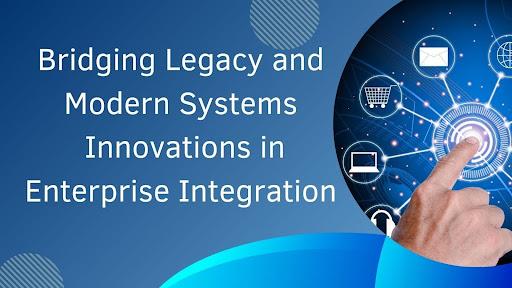In today’s fast-paced technological landscape, sustainability has become essential to digital transformation. While offering efficiency and scalability, cloud computing also presents significant environmental challenges. Addressing these concerns, Prashant Chaturvedi explores innovative strategies for designing energy-efficient cloud-native applications. His research highlights key advancements such as AI-driven resource management, edge computing, and sustainable coding practices, paving the way for a greener digital ecosystem.
Green Coding: A New Approach to Software Efficiency
One of the most significant shifts in sustainable computing is green coding, which focuses on optimizing software for energy efficiency. Developers can significantly reduce CPU cycles and power consumption by improving algorithm structures and memory management. Research indicates that such optimizations can lower energy usage by up to 42%, demonstrating how software efficiency directly impacts sustainability.
AI-Driven Workload Optimization
Artificial intelligence is revolutionizing cloud computing by dynamically managing workloads to minimize energy waste. AI-based workload optimization has been shown to reduce energy consumption by up to 33.7% through intelligent scaling and predictive resource allocation. These advancements enable cloud environments to adjust in real time, ensuring resources are allocated efficiently without unnecessary energy expenditure.
Edge Computing: Reducing Data Transfer Energy Costs
Edge computing has emerged as a transformative solution to minimize energy consumption associated with data transfer. By processing data closer to its source, edge computing reduces bandwidth usage by 47.3%, decreasing reliance on energy-intensive central cloud servers. This shift improves performance and lessens the carbon footprint of cloud-based applications.
Serverless Computing and Microservices for Greater Efficiency
Serverless computing and microservices architecture offer a sustainable alternative to traditional cloud structures. These models optimize resource utilization by eliminating idle server time and allowing precise workload scheduling. This efficiency leads to a 35.2% reduction in peak energy usage, demonstrating the potential for more sustainable cloud infrastructures.
Sustainable Cloud Providers and Renewable Energy Adoption
Cloud providers are crucial in driving sustainability by integrating renewable energy and optimizing data centers. Advanced cooling systems and AI-driven resource allocation have led to a 76.2% improvement in energy efficiency and a 94.7% reduction in water consumption. These advancements ensure cloud services align with global sustainability goals without compromising performance.
The Role of Quantum Computing in Sustainable Innovation
Quantum computing is poised to redefine cloud computing sustainability. With the potential to enhance resource allocation efficiency by 63.8% and reduce carbon footprints by 52.4%, quantum computing represents the next frontier in eco-friendly digital transformation. As adoption increases, it is expected to optimize workload distribution and energy management further.
Monitoring and Measuring Sustainability Impact
Standardized frameworks for tracking energy usage and carbon emissions are essential to ensure progress. Organizations implementing structured sustainability metrics have seen a 31.7% improvement in energy efficiency. These monitoring tools provide valuable insights that enable businesses to make informed decisions about optimizing their cloud infrastructure.
Multi-Cloud Strategies for Energy Optimization
Multi-cloud strategies allow businesses to distribute workloads dynamically across various cloud providers, improving energy efficiency. AI-powered cloud-switching mechanisms have demonstrated a 37.2% reduction in overall energy consumption, showcasing the potential of diversified cloud environments in achieving sustainability goals.
The Future of Sustainable Cloud Computing
As cloud computing continues to evolve, integrating AI, edge computing, and quantum technologies will be essential in balancing computational needs with environmental responsibility. Sustainable cloud strategies benefit the planet, improve operational efficiency, and reduce costs, making them a crucial aspect of future digital transformation.
In conclusion, Prashant Chaturvedi‘s research underscores the growing need for sustainability in cloud computing. Organizations can reduce the environmental impact by adopting innovative energy-efficient solutions while enhancing performance. As the industry moves forward, prioritizing sustainability in cloud computing will be fundamental to achieving long-term technological and ecological balance.







